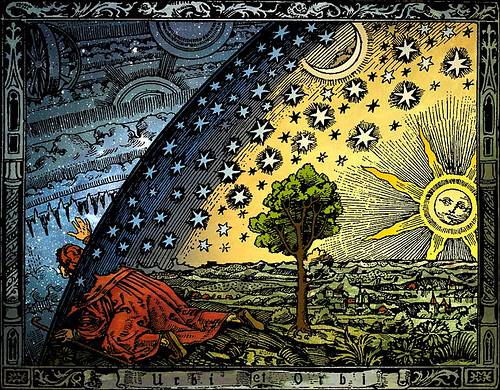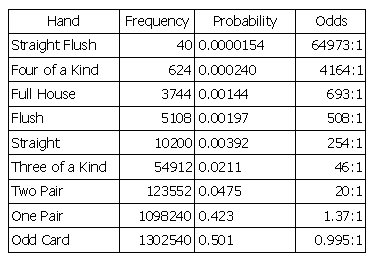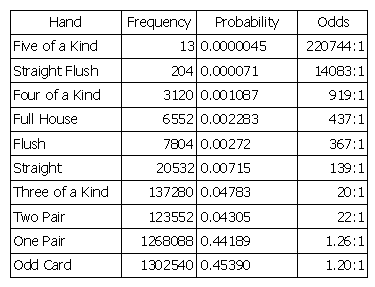
Special Delivery

This is the Flammarion woodcut, so named because it first appeared in Camille Flammarion’s 1888 book L’Atmosphère. No one knows who created it; it’s thought to depict a medieval pilgrim who discovers the point where earth and sky meet.
Flammarion’s book itself seemed touched by magic. As the astronomer was completing a chapter on the force of the wind, a sudden gale blew the last few pages out the window and off in a whirlwind among the trees. Then a downpour started, and Flammarion gave them up as lost.
He was astonished, then, a few days later when his printer delivered the full chapter, with no pages missing.
It seems the porter who normally brought Flammarion’s proof sheets had been returning to his office when he noticed the sodden manuscript leaves on the ground. He assumed that he himself had dropped them and so had collected them and carried them to the printer without telling anyone.
“Remember,” Flammarion writes, “it was a chapter on the strange doings of the wind.”
Unquote

Ravel’s Bolero I submit as the most insolent monstrosity ever perpetrated in the history of music. From the beginning to the end of its 339 measures it is simply the incredible repetition of the same rhythm … and above it the blatant recurrence of an overwhelmingly vulgar cabaret tune that is little removed, in every essential of character, from the wail of an obstreperous back-alley cat.
— American Mercury, 1932
Hands Up?
Beginning poker players are often shown a table like this:

It’s straightforward enough, assigning a hierarchy to the hands based on the likelihood of their appearance. But a strange thing happens when wild cards are introduced. Suppose we add one wild joker:

Now three of a kind is more likely (and thus less valuable) than two pair. Well, can we just reverse their places in the table? No, we can’t, because the wild card permits some players to reinterpret their hands. If you’re holding 6♠ 6♥ 7♣ 10♦ plus the joker, and we change the table, you’ll simply decide you’re holding two pair rather than three of a kind. So will everyone in your position. In fact, if we recalculate the odds with this expectation, we find that two pair has again become the more likely hand (13:1 vs. 34:1).
This can go on all day. Whenever a hand is declared “rare” it becomes popular — and thus not rare. The bottom line is that when wild cards are allowed, it becomes impossible to rank hands based on frequency.
From Julian Havil, Impossible?, 2008.
Crossing the Line

In the navy, you’re not a true sailor until you’ve crossed the equator. So whenever a ship makes the crossing, it holds a ceremony in which a sailor representing “King Neptune” challenges “pollywogs” for invading his domain, and there follow two days of general hazing from which the newbies emerge “shellbacks.”
In the centuries since this started, there has emerged a kind of graduate school of advanced crossings. Cross the equator at the international date line and you become a golden shellback; cross it at the prime meridian, near West Africa, and you’re an emerald shellback.
This becomes an exercise in spherical geometry. Presumably a member of the Order of Magellan (a sailor who has circled the globe) automatically joins the Order of the Golden Dragon (for crossing the international date line) unless he’s also joined the Orders of the Blue Nose and the Red Nose (for crossing the Arctic and Antarctic Circles). There must be a chart somewhere.
In a Word
exungulate
v. to pare the nails
onychophagy
n. nail-biting
Hopping List

This literary knight’s tour appeared originally in the Sussex Chess Magazine.
Start on d4, “Our”, and jump from square to square in the manner of a chess knight to assemble an eight-line verse. Like a chess knight’s tour, the correct solution visits every square on the board.
Numbers Game
On June 18, 1964, an elderly woman was walking through a Los Angeles alley when a blond woman with a ponytail pushed her to the ground and stole her purse. The blond woman escaped in a yellow car driven by a bearded black man.
Police arrested Janet Collins, a ponytailed blond woman whose bearded black husband drove a yellow Lincoln. At trial, a local mathematics instructor testified that there was 1 chance in 12 million that another couple would meet this description, and the jury convicted the Collinses of second-degree robbery. Sound reasonable?
Well, no. The California Supreme Court reversed the conviction, noting that the prosecution had offered no statistical evidence and that the mathematician had simply invented estimates for each of the six factors and multiplied them together, without adjusting for dependence or the possibility of mistake.
“The testimony as to mathematical probability infected the case with fatal error and distorted the jury’s traditional role of determining guilt or innocence according to long-settled rules,” wrote justice Raymond Sullivan. “Mathematics, a veritable sorcerer in our computerized society, while assisting the trier of fact in the search for truth, must not cast a spell over him.”
Square Stanza
This verse by Lewis Carroll is remarkable for more than its melancholy:

It can be read both “across” and “down.”
Looking Up
Charles Clerke was midshipman on HMS Dolphin during her first circumnavigation of the world, under John Byron. Immediately on his return in April 1767, he appeared before the Royal Society with an account of enormously tall natives in Patagonia:
They are of a copper colour, with long black hair, and some of them are certainly nine feet, if they do not exceed it. The Commodore, who is very near six foot, could but just reach the top of one of their heads, which he attempted on tip-toes; and there were several taller than him on whom the experiment was tried. They were prodigious stout, and as well and proportionally made as ever I saw people in my life. The women, I think, bear much the same proportion to the men as our Europeans do: there was hardly a man there less than eight feet, most of them considerably more; the women, I believe, run from seven and a half to eight feet. (Philosophical Transactions, vol. 57)
By that time such reports had been accumulating for more than two centuries: See Tall Tale and More Tall Argentines.
